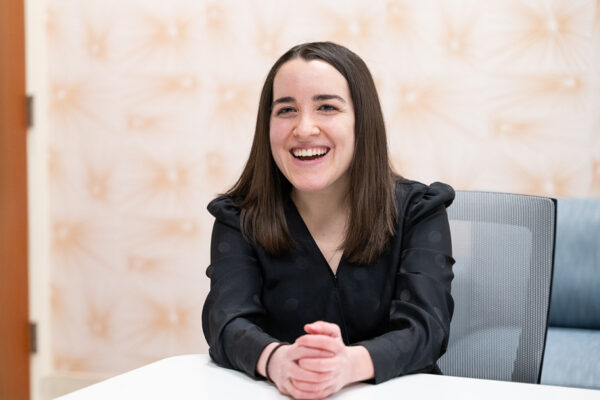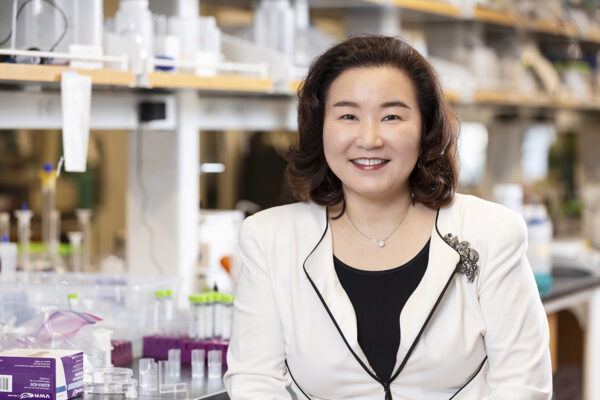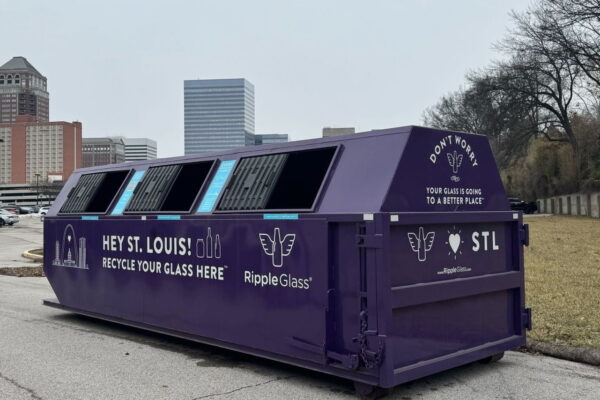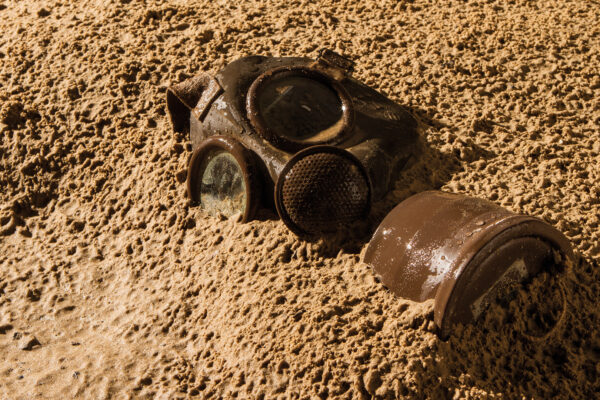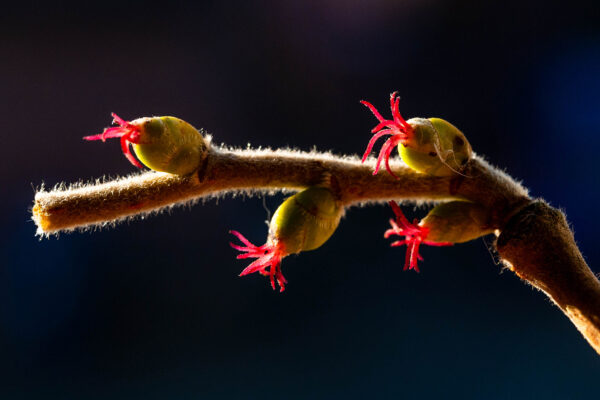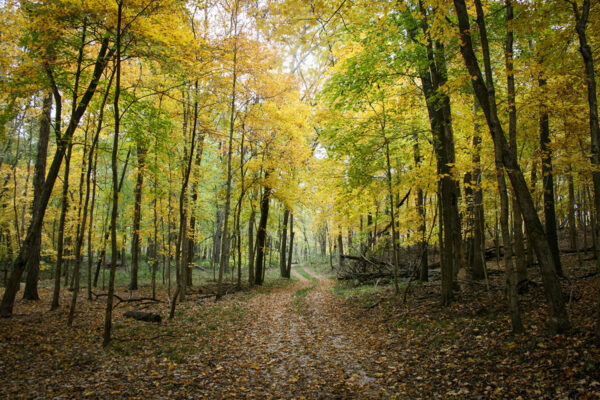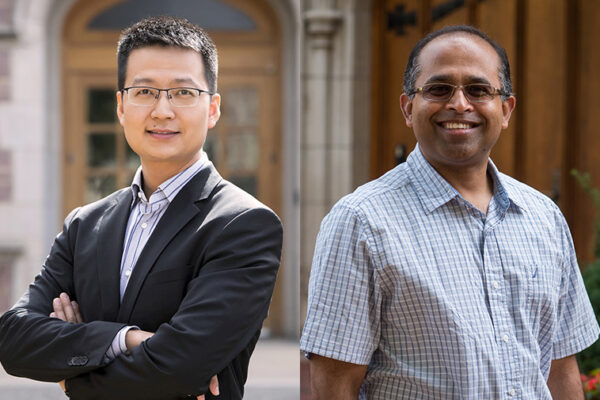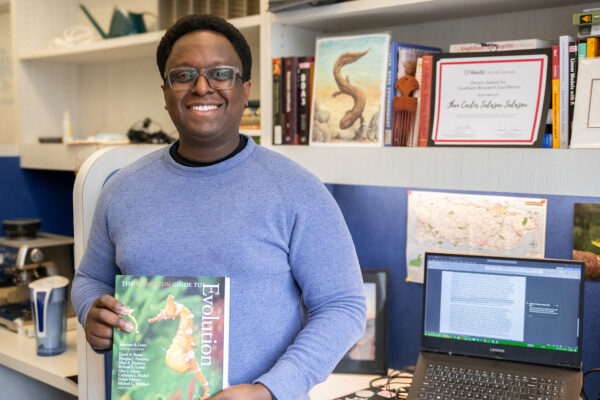Project will study struggles facing those with disabilities
A graduate student in Arts & Sciences at WashU will study ways to improve the lives of people with disabilities.
Jun receives women in chemistry award
Young-Shin Jun, a professor at the McKelvey School of Engineering, has been chosen to receive a 2025 Distinguished Women in Chemistry or Chemical Engineering award from the International Union of Pure and Applied Chemistry.
Artificial intelligence comes home
Vanessa Perry, MBA ’90, helps students and policymakers understand the dangers and benefits of using AI in the housing market.
West Campus hosts Ripple Glass collection site
Members of the WashU and St. Louis communities may now recycle their glass in the Ripple Glass depository in the West Campus parking lot.
WashU to develop new tools for detecting chemical warfare agent
Chemists in Arts & Sciences at Washington University in St. Louis have received a $1 million contract from the Defense Threat Reduction Agency to develop a quicker way to detect mustard gas and prevent exposure.
Lady in red
Research from biologist Susanne Renner in Arts & Sciences reveals the function of red stigmas in wind-pollinated flowers.
Environmental Research and Creativity Week planned
WashU’s Center for the Environment, together with its partners, is gearing up for Environmental Research & Creativity Week, Feb. 24–28.
Academy honors two university faculty
Two WashU faculty members will receive Outstanding St. Louis Scientist awards: battery engineer Peng Bai, at the McKelvey School of Engineering, and biologist Ram Dixit, in Arts & Sciences.
WashU honored as top workplace for commuters
A national organization that recognizes workplaces providing commuter benefits to employees recently named WashU among its 2025 Best Workplaces for Commuters.
Jhan Carlos Salazar
WashU biology graduate student Jhan Carlos Salazar, in Arts & Sciences, has made high-impact — and high-altitude — discoveries about the adaptations of lizards in his home country of Colombia. He works with Jonathan Losos, the William H. Danforth Distinguished University Professor.
Older Stories
